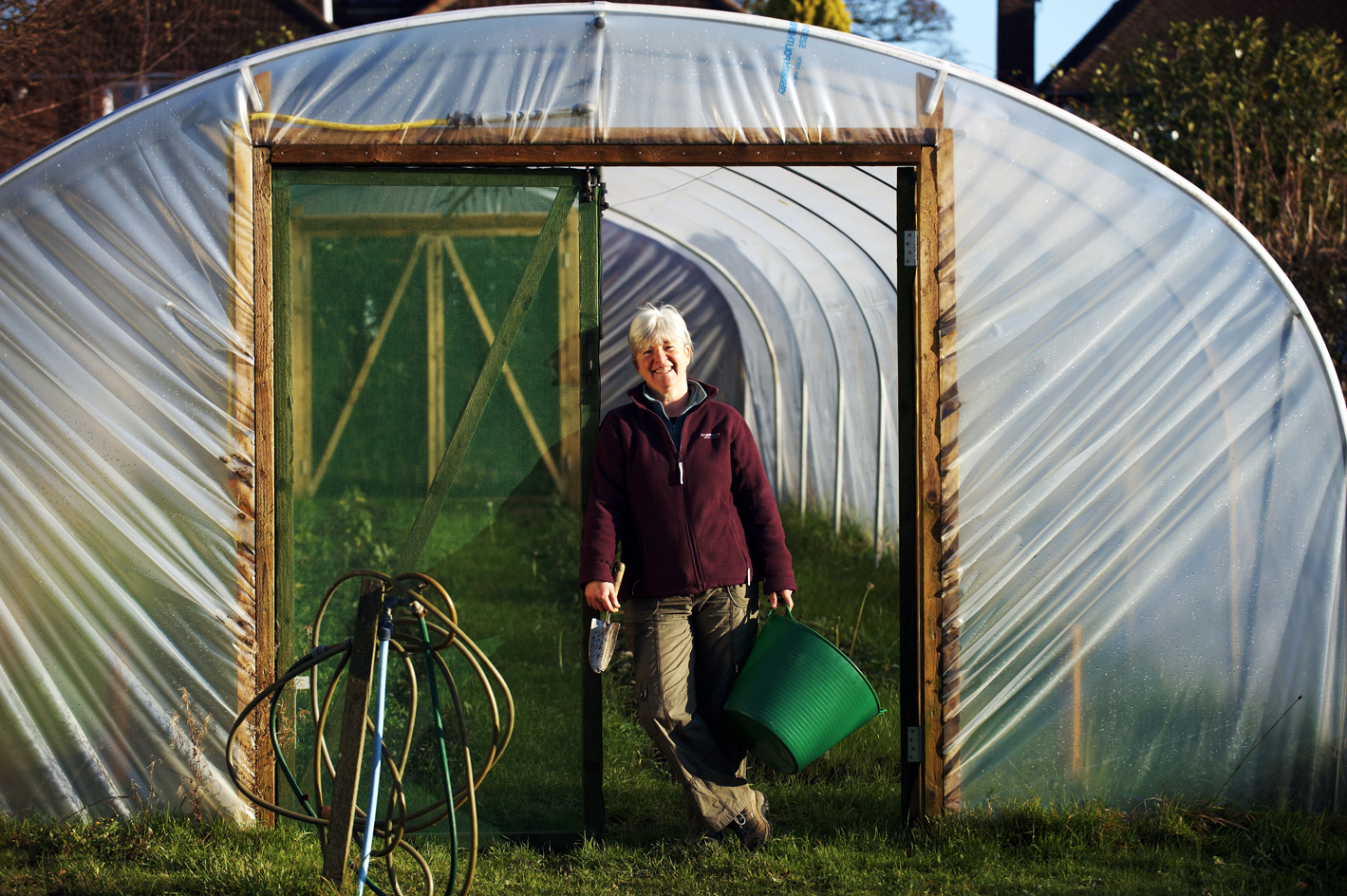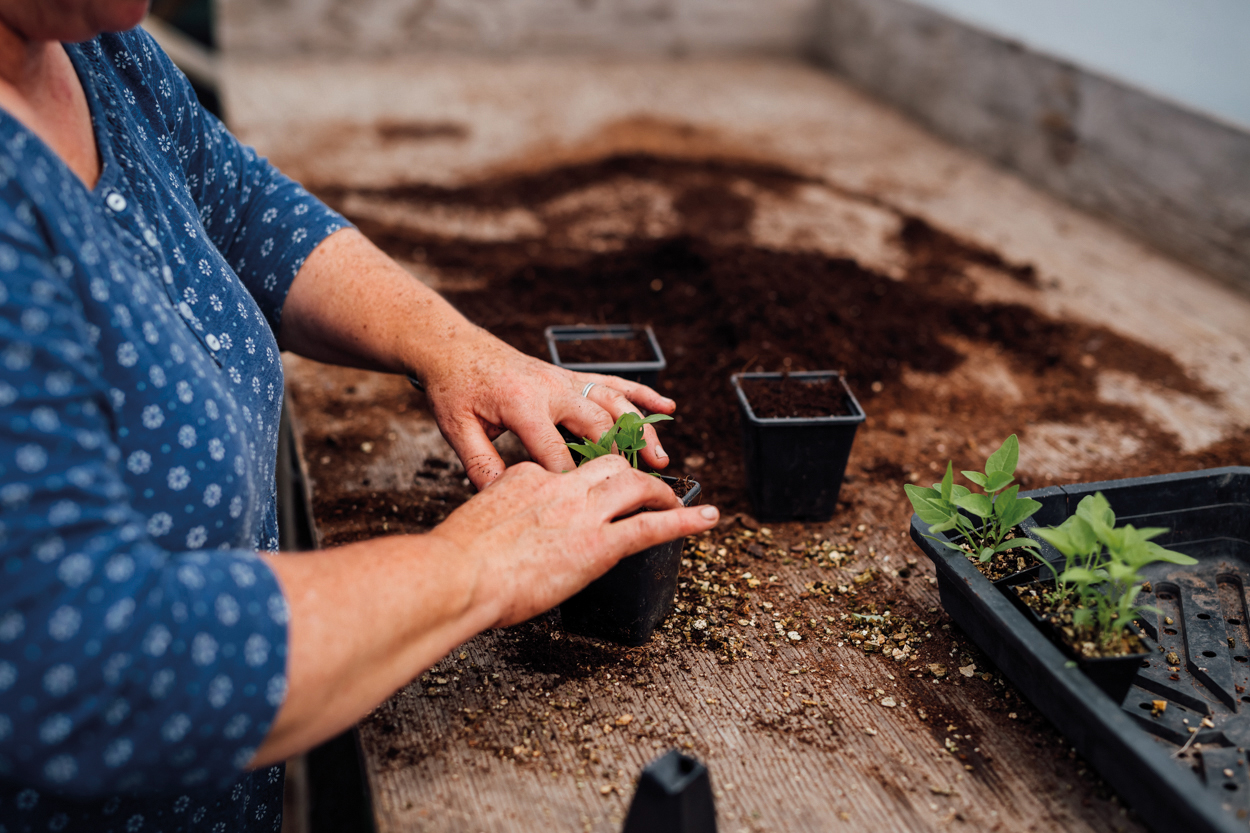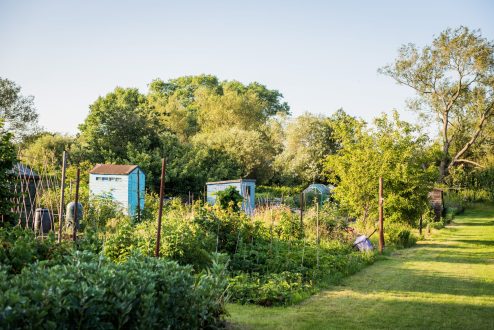Biodynamic farming: a year in the garden with Weleda
In the first of our year-long series of columns with biodynamic beauty pioneers, Weleda, we take a walk around the beginnings of spring with Claire Hattersley, garden manager for the UK

The spring equinox is always a significant marker. It’s when the rollercoaster of the growing season starts to gather momentum. The influences of light and warmth increase, and the soil begins to warm up, heralding a ‘wake-up’ call for all life in the Weleda garden. It’s an exciting time.
Biodynamic farming has its own way of doing things, and there can be common misunderstandings, simply because we don’t really conform to a modern scientific framework. We’re working with ‘invisible life forces’ – which sounds kooky – but biodynamics knows that not all life processes can be reduced to a simple physical or chemical reaction.
Natural forces
There are lunar, stellar and other planetary forces at play, as well as the earth’s own rhythms. These have always been important to farmers, who, historically, had to rely on their intuitive connection to nature to produce the best crops, before we had pesticides and industrialisation.
Although we don’t see a physical rise and fall of lungs, we know the earth is ‘breathing in’ in winter. In early spring, the earth starts to ‘breathe out’, and I need to dig up the biodynamic preparations (soil-enriching composts made with herbs such as yarrow, camomile and nettle) which have been buried in the soil since the autumn equinox.

The preparations are at the heart of biodynamic practice, so they’re treated with the utmost care and respect, stored in special peat-lined boxes, ready for when they’re needed.
March is when I start sowing seeds, always in the days before the full moon. The moon has a profound influence on all water on earth – it affects the tides, makes sap rise in the trees, and more. Sowing now ensures the desiccated seeds make effective use of the moisture in the compost or soil, and will hopefully ensure reliable germination and healthy plants.
I can also select the best days for sowing by using a biodynamic planting calendar, which identifies days when the planetary influences will favour different parts of the plant. I can sow calendula on a ‘flower’ day or plant beetroot on a ‘root’ day, and be confident that I’ve done my best to grow plants in tune with nature’s rhythms.
Crops in harmony
One of my favourite springtime harvests is the cowslip (Primula veris), which starts to flower after the vernal equinox. There’s such pleasure in wandering through the Weleda meadows in the morning, listening to birds and collecting beautiful clusters of yellow flowers. Another generous spring-flowering plant is the dandelion (Taraxacum officinalis).
Where else can you see the sun (the yellow flower) and the moon (the white seed head) on the same plant? Dandelions are a good companion plant in the garden as their long taproots bring up nutrients from deep in the soil, making them available for neighbouring shallow-rooted plants.
Working in the Weleda garden truly connects me, and my fellow gardeners, to the life-enhancing planetary rhythms and Weleda’s philosophy, upheld in all that we do: ‘In harmony with man and nature.’
The birth of biodynamic farming
In the early 20th century, farmers noticed a decline in the health of their crops and livestock. They turned to renowned philosopher, scientist and Weleda founder, Rudolf Steiner, for help.
The principles he created are defined as ‘biodynamic farming’. Steiner believed that each farm should be one complete, self-sustaining organism; the soil was ‘alive’ and, if kept in balance, you could farm with great success, yielding crops of purity and potency.
Composting, fertilisation and pest control were to be achieved using natural farm resources, and chemical sprays or growth hormones were strictly forbidden.

Farmers were urged to study the rhythms of the sun, moon and planets for guidance on planting, crop rotation and harvesting. In other words, take care of your farm, and it will take care of you.
The success of biodynamic farming paved the way for the organic movement – and is how Weleda still farms today.
To try at home
‘Rudolph Steiner suggested a “spring clean” with birch-leaf preparations for everyone over the age of 35. Silver birch leaves contain valuable flavonoids, which encourage healthy elimination processes in the body, activating the kidneys and stimulating the sweat glands to flush out toxins.
As well as helping us rediscover our vitality, cleansing our system purifies the complexion to leave skin clear and bright.’

To find out more about Weleda visit weleda.co.uk.
In partnership with Weleda. Images: Weleda.









